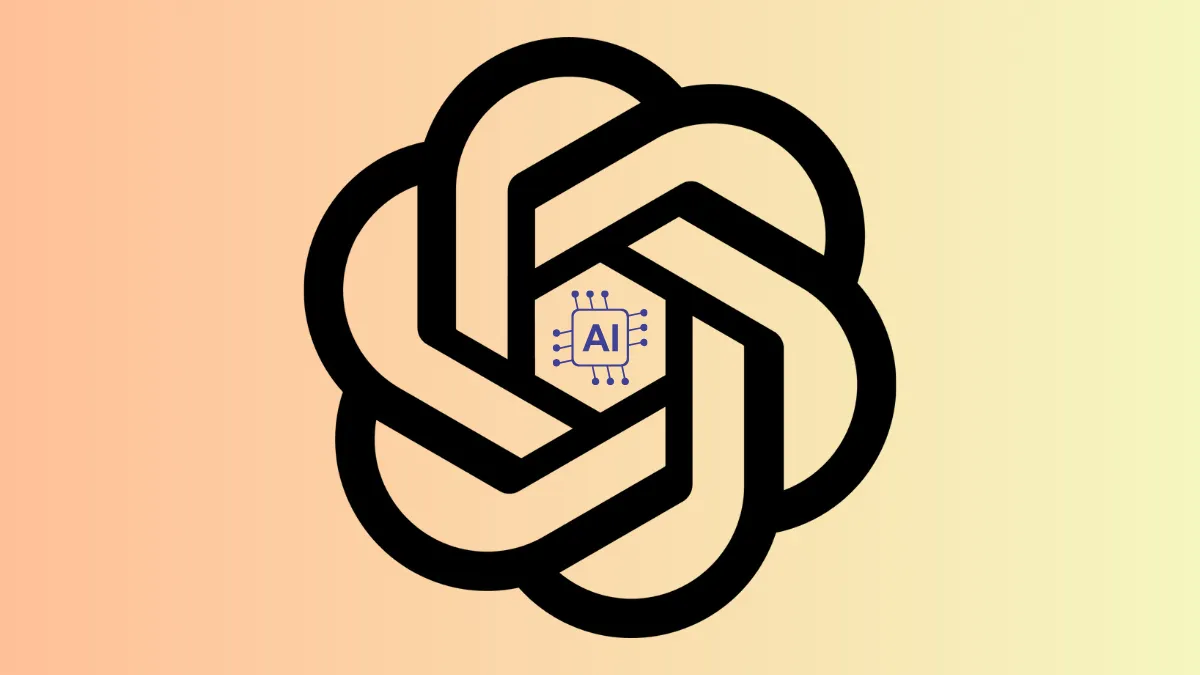OpenAI’s latest GPT-4.1 models, available exclusively through the API, redefine what developers can expect from large language models. By focusing on real-world coding performance, instruction reliability, and the ability to process up to one million tokens of context, these models address persistent pain points for building advanced software tools and agentic systems. The release also marks a significant shift in OpenAI’s product strategy: GPT-4.1, GPT-4.1 mini, and GPT-4.1 nano are now the go-to API models for developers, while the consumer-facing ChatGPT continues to receive incremental updates.
Major Improvements in Coding and Instruction Following
Software developers working with large codebases or automating code review workflows will immediately notice the leap in coding ability. GPT-4.1 scores 54.6% on the SWE-bench Verified benchmark, a 21.4% improvement over GPT-4o and a 26.6% jump over GPT-4.5. This means the model is more likely to generate code that not only runs but also passes real-world tests. In practical terms, teams using tools like Windsurf reported a 60% higher acceptance rate for code changes and a 30% boost in tool-calling efficiency. The model also makes fewer unnecessary edits, streamlining code iteration and reducing manual cleanup.
Instruction following is another area where GPT-4.1 stands out. The model is trained to interpret prompts more literally, so developers should be explicit and precise in their instructions. On challenging benchmarks like Scale’s MultiChallenge, GPT-4.1 outperforms its predecessors by over 10 percentage points. This reliability extends to complex, multi-turn conversations and tasks where the model must recall and apply previous user input across long interactions.
One Million Token Context: Processing at Scale
GPT-4.1 brings a massive upgrade to context window size, supporting up to one million tokens—roughly equivalent to 3,000 pages of text or more than eight entire React codebases. This capability is a game changer for applications that need to analyze large code repositories, legal documents, or financial records in a single request. The model reliably retrieves and reasons across this vast context, as demonstrated in OpenAI’s internal “needle in a haystack” and “multi-round coreference” evaluations. For developers handling multi-document review or extracting insights from dense data, this means fewer context-splitting workarounds and more accurate, context-aware outputs.
API-First Access and Model Options
The GPT-4.1 family is designed for API use, offering three distinct models:
- GPT-4.1: The most capable model for demanding coding and reasoning tasks.
- GPT-4.1 mini: Delivers similar intelligence to GPT-4o at nearly half the latency and 83% lower cost, ideal for apps needing quick responses without sacrificing accuracy.
- GPT-4.1 nano: The fastest and most affordable option, optimized for classification, autocompletion, and other lightweight tasks.
These models are not available in the ChatGPT interface. Instead, API users can select the right model for their needs and budget. OpenAI has also announced that GPT-4.5 Preview will be deprecated in the API by July 2025, as GPT-4.1 matches or exceeds its performance at a fraction of the cost and latency.
Cost Savings and Pricing Structure
OpenAI’s new pricing structure reflects substantial efficiency gains. For example, GPT-4.1 costs $2 per million input tokens and $8 per million output tokens—a 26% reduction over GPT-4o for median queries. GPT-4.1 mini and nano are even more cost-effective, with nano priced at just $0.10 per million input tokens and $0.40 per million output tokens. Developers processing repetitive or cached prompts benefit from a 75% discount on cached input tokens, making large-scale deployments more affordable.
Building Smarter Agents and Real-World Applications
GPT-4.1’s improvements are particularly relevant for developers building autonomous AI agents—systems that can independently complete tasks based on user intent. The model’s reliability in following instructions and managing long context windows makes it well-suited for applications like automated code review, legal document analysis, and customer support bots.
OpenAI recommends a few best practices for getting the most out of GPT-4.1:
- Provide clear, detailed instructions, especially for agentic workflows.
- Use the tools API field for tool-calling rather than embedding tool descriptions in prompts.
- Take advantage of the model’s literal instruction-following by specifying desired behaviors and formats directly in the prompt.
- For long-context tasks, place instructions at both the beginning and end of the context to maximize retrieval accuracy.
Vision and Multimodal Capabilities
While GPT-4.1’s main focus is on text and code, the family also shows strong performance on image-understanding benchmarks. GPT-4.1 mini, in particular, often surpasses GPT-4o on tasks involving charts, diagrams, and visual math problems. For multimodal use cases—such as analyzing long videos or complex scientific figures—the model’s long context window and improved comprehension provide a significant advantage.
Prompt Engineering: Tips for Maximizing Model Performance
Developers migrating from earlier GPT models should note that GPT-4.1’s literal approach to prompts may require prompt adjustments. Here are some key takeaways:
- Be explicit: Clearly specify every rule, output format, and workflow step you want the model to follow.
- Structure prompts: Use markdown or XML for major sections and delimiters; avoid JSON for extremely long contexts, as it can reduce performance.
- Chain-of-thought: Encourage step-by-step reasoning by including planning instructions in your prompts, especially for complex tasks.
- Test and iterate: Evaluate prompt effectiveness using real-world examples and adjust instructions as needed to resolve any unexpected behaviors.
For coding tasks that involve generating or applying file diffs, OpenAI provides a recommended diff format and reference implementation, which can be integrated into developer workflows to streamline patch application and code review processes.
OpenAI’s GPT-4.1 API models set a new standard for coding accuracy, instruction reliability, and scalable context processing. Developers can now build faster, smarter, and more cost-effective AI-powered applications by leveraging these improvements and following prompt engineering best practices.


